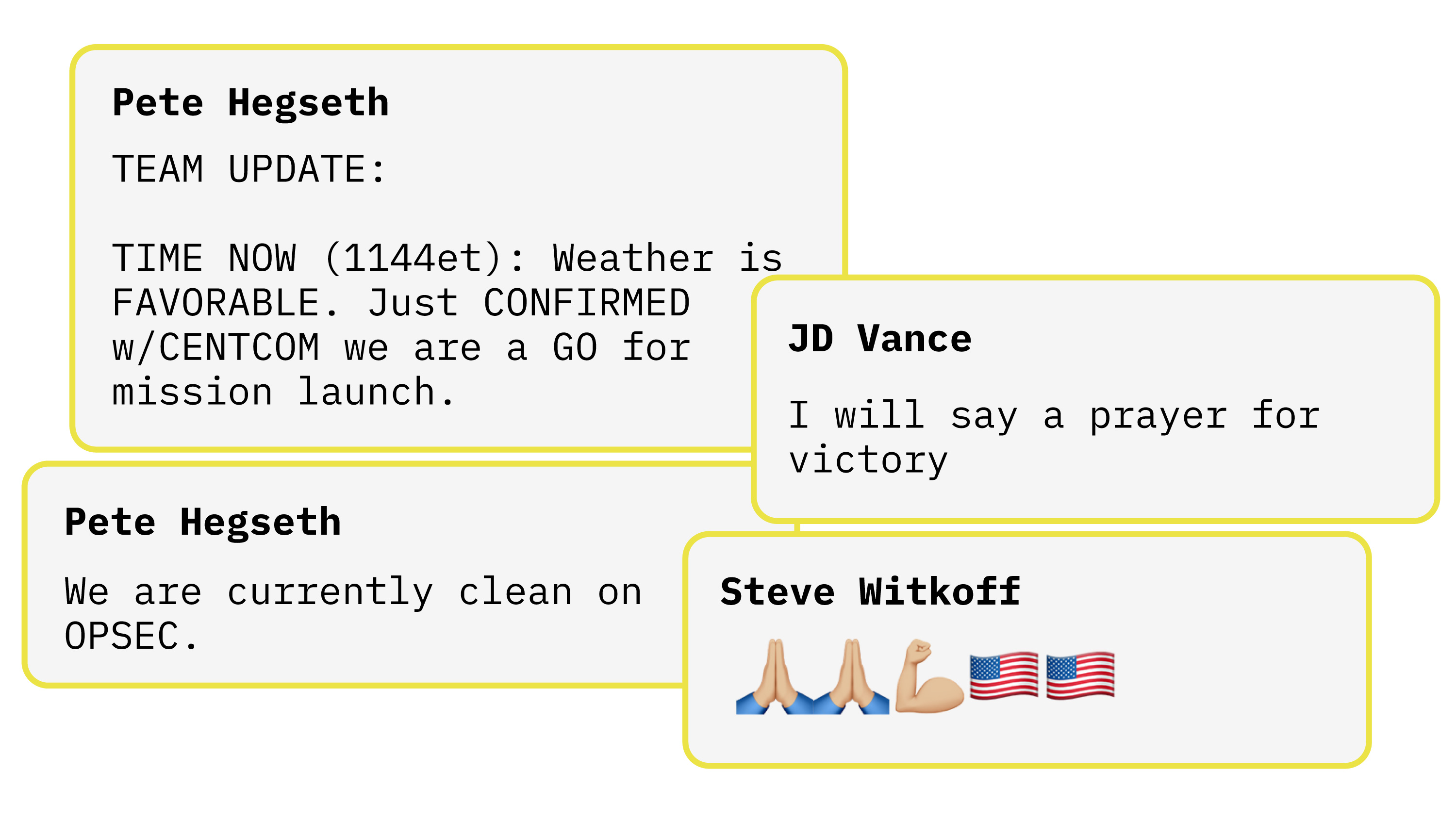Middle Managers: Bridging The Gap Between Leadership And Employees

Table of Contents
Effective Communication: The Cornerstone of Middle Management
Clear and consistent communication is the bedrock of successful middle management. It's a two-way street, requiring the seamless flow of information both upwards (to leadership) and downwards (to employees). Effective communication ensures everyone is on the same page, fostering understanding, collaboration, and buy-in.
- Regular team meetings and individual check-ins: These provide opportunities for updates, feedback, and addressing concerns proactively.
- Transparent communication of company goals and strategies: Keeping employees informed about the big picture enhances their understanding of their role and contribution.
- Active listening and feedback mechanisms: Creating a culture where employees feel heard and valued is essential for fostering trust and engagement. Employing effective feedback mechanisms, such as regular surveys and one-on-one discussions, can significantly impact employee morale and productivity.
- Utilizing various communication channels effectively (email, instant messaging, etc.): Choosing the right channel for the right message is crucial for efficient and impactful communication.
Communication barriers can hinder even the best-intentioned efforts. Language barriers, cultural differences, and personality conflicts can all impede the flow of information. Strategies to overcome these challenges include diversity and inclusion training, clear and concise messaging, and utilizing multiple communication channels to cater to diverse learning styles and preferences. Implementing robust communication strategies is vital for improving employee engagement and fostering a positive work environment.
Mentorship and Development: Nurturing Employee Growth
Middle managers act as mentors and guides, playing a critical role in nurturing their team members’ professional development. By investing in their employees' growth, they foster a culture of learning and improvement, ultimately benefiting both the individual and the organization.
- Identifying individual strengths and weaknesses: This forms the basis for targeted training and development plans. Regular performance reviews help pinpoint areas for improvement and recognition of outstanding contributions.
- Providing training opportunities and mentorship programs: Investing in employee skills enhances their capabilities and increases their value to the organization. Mentorship programs provide valuable guidance and support, accelerating employee growth.
- Creating a supportive and encouraging work environment: A positive and inclusive work environment encourages employees to take risks, learn from mistakes, and strive for excellence.
- Delegating effectively and providing constructive feedback: Empowering employees with responsibility and providing regular, constructive feedback enhances their skills and confidence.
Employee development is not just about improving individual performance; it’s about fostering a talent management strategy that drives organizational success. By investing in employee development programs and implementing effective performance management systems, organizations can improve employee retention, boost morale, and cultivate a highly skilled workforce.
Conflict Resolution and Team Building: Fostering a Collaborative Environment
Middle managers are often the first point of contact for resolving conflicts within their teams. Their ability to mediate disputes and foster collaboration is essential for maintaining a positive and productive work environment.
- Mediating disputes and finding mutually acceptable solutions: This requires strong interpersonal skills, empathy, and the ability to facilitate constructive dialogue.
- Promoting teamwork and building strong relationships: Team-building activities and initiatives that encourage collaboration can significantly improve team cohesion and productivity.
- Creating a positive and inclusive work environment: This ensures that all team members feel valued, respected, and supported.
- Addressing performance issues constructively: Providing timely and constructive feedback helps address performance issues before they escalate into larger conflicts.
Effective conflict resolution and team building strategies lead to a more harmonious workplace, improving productivity, reducing stress, and fostering innovation. A collaborative environment where employees feel comfortable expressing their opinions and working together towards common goals is crucial for organizational success.
Strategic Alignment: Connecting Employee Actions to Overall Goals
Middle managers play a vital role in connecting individual employee actions to the overall organizational objectives. They translate broad strategies into actionable tasks, monitor progress, and report back to upper management.
- Translating company-wide strategies into actionable tasks for teams: Breaking down complex strategies into manageable tasks ensures clarity and accountability at all levels.
- Monitoring progress and adjusting strategies as needed: Regular progress reviews help identify areas where adjustments are needed, ensuring the organization remains on track to achieve its goals.
- Ensuring alignment between individual and team goals: This clarifies how individual contributions contribute to the larger organizational objectives, boosting motivation and engagement.
- Reporting progress to upper management: Regular reporting ensures transparency and allows upper management to make informed decisions based on accurate information.
Clear goal setting and effective performance monitoring are critical for strategic alignment. When employees understand how their work contributes to the bigger picture, they are more likely to be engaged, motivated, and productive.
Empowering Middle Managers for Organizational Success
In conclusion, effective middle management is not just about supervising employees; it's about fostering a culture of communication, collaboration, and continuous improvement. By investing in the development of their middle management teams, organizations can strengthen the bridge between leadership and employees, leading to enhanced communication, increased employee engagement, improved conflict resolution, and stronger strategic alignment – all of which contribute to overall organizational effectiveness and success. Invest in your middle management team today to unlock the full potential of your organization and strengthen the bridge between leadership and employees. Providing middle management training and leadership development opportunities is crucial for achieving organizational excellence and employee empowerment.

Featured Posts
-
 Where To Stream Damiano Davids Next Summer
May 18, 2025
Where To Stream Damiano Davids Next Summer
May 18, 2025 -
 Metropolis Japan A Deep Dive Into Its Urban Development
May 18, 2025
Metropolis Japan A Deep Dive Into Its Urban Development
May 18, 2025 -
 A Comprehensive Ranking Of All 11 Taylor Swift Albums
May 18, 2025
A Comprehensive Ranking Of All 11 Taylor Swift Albums
May 18, 2025 -
 Angels Edge White Sox 1 0 Behind Sorianos Strong Pitching
May 18, 2025
Angels Edge White Sox 1 0 Behind Sorianos Strong Pitching
May 18, 2025 -
 Ohtanis 2 Run Hr Rising To The Occasion In Japan
May 18, 2025
Ohtanis 2 Run Hr Rising To The Occasion In Japan
May 18, 2025
Latest Posts
-
 The Swim With Mike Program A Community For Trojan Swimmers
May 18, 2025
The Swim With Mike Program A Community For Trojan Swimmers
May 18, 2025 -
 Finding Community The Impact Of Swim With Mike On Trojan Swimmers
May 18, 2025
Finding Community The Impact Of Swim With Mike On Trojan Swimmers
May 18, 2025 -
 Swim With Mike Program Fostering Community Among Trojan Swimmers
May 18, 2025
Swim With Mike Program Fostering Community Among Trojan Swimmers
May 18, 2025 -
 Mikey Madisons Snl Cold Open A Signal Group Chat Spoof
May 18, 2025
Mikey Madisons Snl Cold Open A Signal Group Chat Spoof
May 18, 2025 -
 Snls Signal Group Chat Leak Parody Mikey Madisons Role
May 18, 2025
Snls Signal Group Chat Leak Parody Mikey Madisons Role
May 18, 2025
